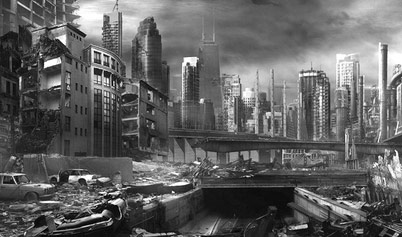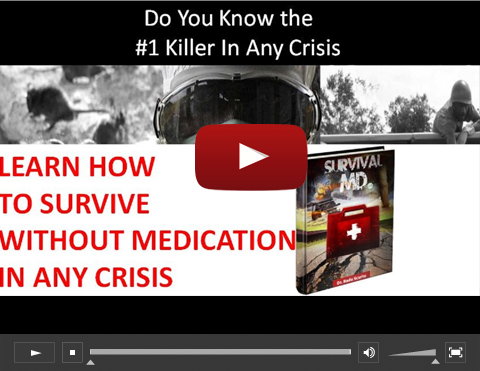Metropolitan areas can change in an instant with a major catastrophe. Hundreds of thousands of people could be gone just as quickly.
Society could be unraveled by any number of scenarios, and it could leave you stranded, without loved ones and desperate to secure food, water and shelter. Escape to the countryside or a remote location may not be feasible. Could you survive in an urban environment if the SHTF and everything you knew was gone?
Rudy Reyes, a veteran Recon Marine, lends his expertise and shows how to survive an urban environment, find resources inside a broken city, all while avoiding other survivors whose interests can’t be assumed to align with yours.
If a major disaster wipes out the power grid or kills people in mass, the desperation will set in right away, affecting you and all those who survive – people who you don’t know and can’t trust.
To avoid people attacking you to take any food or resources you might have, you must take precautions to approached people only on your terms, avoiding any chance encounters where you could be outmaneuvered.
Travel is dangerous, and everyone who crosses your path could pose a threat. Open movements invite trouble and may risk your life. Reyes enters a shutdown library to recover sewer maps to facilitate stealth movements underground and travel with greater security and speed.
Reyes also covers crossing barriers (including rivers that could be contaminated with waste water, harsh chemicals or poisons as a result of the disaster scenario) while avoiding unique dangers. In a great for TV moment, he uses a grappling hook to climb up a bridge without entering the waterway.
Reyes demonstrates how to take strategic shelter, build fires that burn with relative stealth, and sleep/rest only with an observation post and escape route in mind, should anyone expect arrive. He provides tips for food scavenging, checking cans and packages and how to navigate to better ground.
With the power out, Reyes also infiltrates a hospital to take advantage of its stored power – long after the masses have raided it for medical supplies and drugs. He taps the back-up generator, and with a bit of fuel salvaged from a diesel tank at an abandoned gas station, then sets up a base location with running power. A found car battery is recharged – using the hospital generator – and used to start a vehicle or power some essentials.
In time, with the essentials covered, communications strategies are formed to find others, forge allies and consider rebuilding a normal life with a small community of survivors. Reyes shows how he might set-up an antenna, once found and salvaged, on high ground in the hopes of making contact through short wave radio.
If you get this far, you can send a message and potentially reach people across a 25-mile radius. Plan to meet at a landmark, arrive ahead of time to survey and watch for potential trouble, and hopefully make new friends working towards a common goal of survival and sustainability during a harsh and bleak aftermath.
Related: 12 Tips from a British Army Sniper
Should civilization end up in shambles during your lifetime, you can use a few of these tips to make the best of a bad situation and find the resources and means of survival no matter what. Prepare for anything that may come your way.
by Mac Slavo




